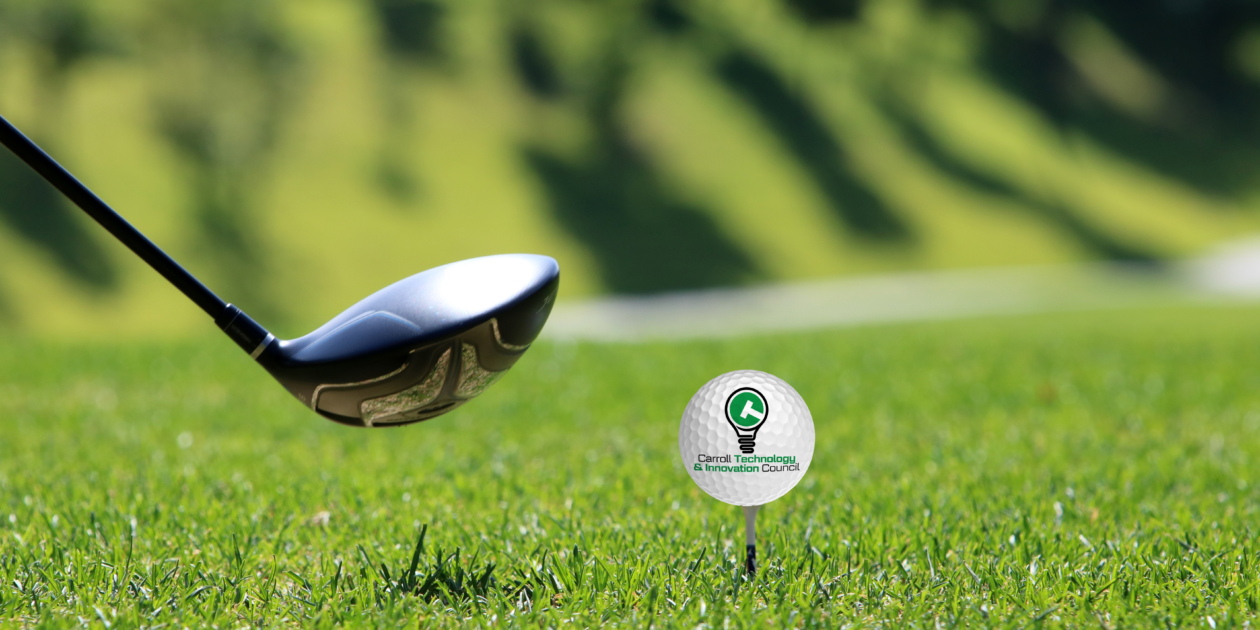
The game of golf is gleaming with technology additions. From its equipments early beginnings made of wood, the golfing arsenal has come quite a long way to get today’s tee time.
Golf clubs are designed with aerodynamics in mind – and in simulated action. The art of crafting a golf club, once honed on hickory wood, has become more of a science. Creators use computer assisted design to construct, modify, and artificially test their designs. Before the 1990s, golf clubs were hand designed and crafted for external cosmetics, then casted and tested after their creation. The current approach to club design enables engineers to take a look at durability, aerodynamics, and performance, before the club even hits the casting.
The ultimate objective for using software is “to evaluate, eliminate, and improve designs prior to spending the time and money to make samples,” said Dustin Brekke, Engineering Manager, Research and Development for Celvelant to Golf RX. This era of technology in golf allows for greater understanding and experimentation with the equipment created.
Creo VP of Engineering Paul Wood considers several elements when testing a driver head or overall golf club, using the model to:
- Simulating impact on the ball
- Identify stress and strains
- Predict performance
Take a walk through a golf club designs, from market research to the 3D printing: How to Design a Golf Club from Start to Finish
The technology behind the head of driver is focused on more club head speed and less wind resistance. Inside the club, components are lighter and stronger, today’s average driver – sometimes weighing 50 grams lighter than previous generations. Golf club design has integrated materials such as graphite, fiberglass, and carbon fiber, enabling engineers and designers to more easily manipulate characteristics of golf clubs. The popularity of these materials has been spurred by constricting price and availability of materials like tungsten and titanium, but the benefits of a lighter club has likely encouraged its adoption among players – or at least caddies.
The aspects of a lighter club, combined with larger, more dynamic driver heads that allow for a more forgiving hit, result in golfers hitting at greater distances. While fantastic for the amateur, some golf industry leaders worry about how a longer hit will effect the integrity of the professional sport.
Concern for the potential negative impacts of technology in golf comes from industry experts who worry, not for the enjoyment and progression of the amateur – who is often directed to do as they like – but for the game of golf, professionally and sustainably. Gary Player, a retired professional golfer, widely considered to be one of the best golfers of all time, is outspoken on this topic.
Efforts and hundreds of millions of dollars spent on refining golf balls and redoing golf courses, in Players opinion, do not do much for the professional game of golf. As technology enables today’s golfers to hit the ball across distances once thought to be impossible, the sport has tried to respond by changing physical courses and the expectations for strategy in the game. Player advocates to cut investments and cut the ball back for the pros. He wants more for the sustainability of golf courses and preservation of the game’s traditional strategy, as well as the recruiting and retaining young players in golf programs.
The dialogue around the role of technology in the sport will continue to be an important conversation, as it is in most spaces.
Tee up your game with some recent golf game highlights:



